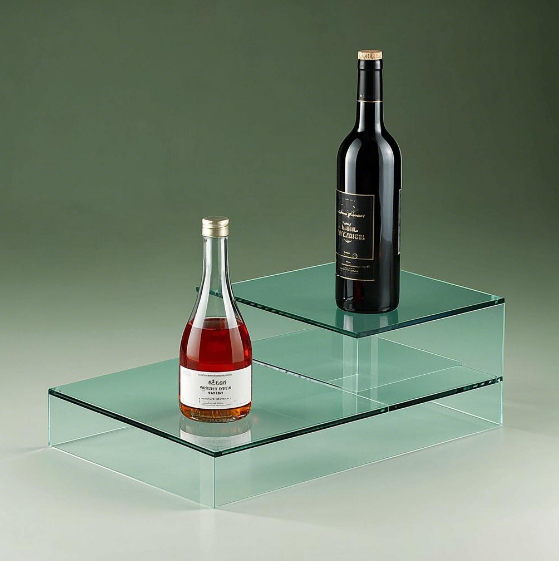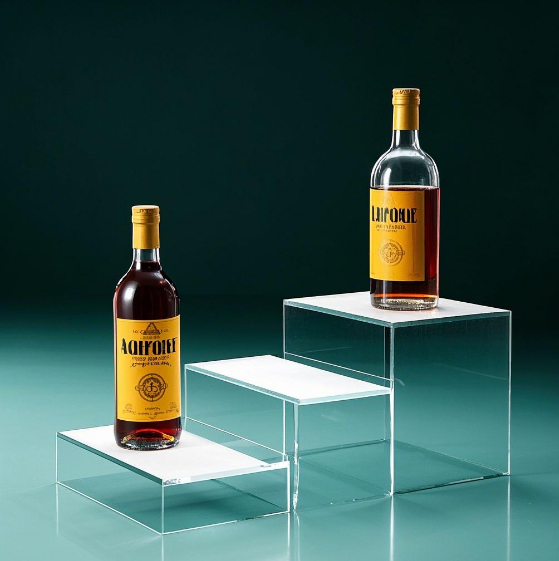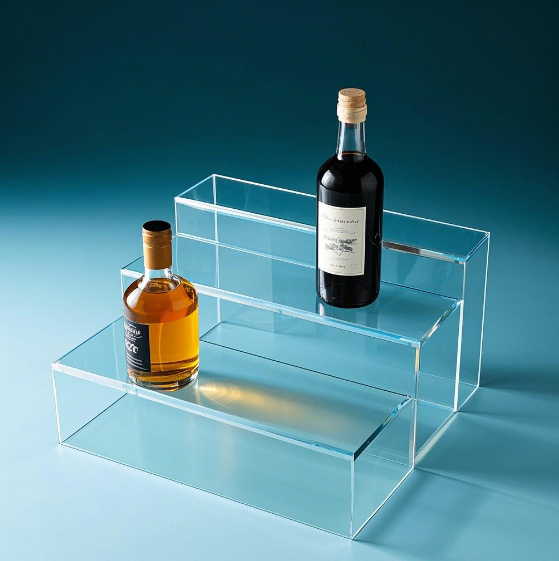Wine bottle display stand design principles
Feb 16,2025
487
The design principle of the wine bottle display stand is to enhance the display effect, through innovative structural design, unique arrangement or adding some artistic elements, so that the display stand can meet the basic functions while becoming a work of art with ornamental value.

The design principles of the wine bottle display stand mainly include the following aspects:
Functional principle
Capacity and size adaptation: According to the number and type of wine bottles to be displayed, reasonably plan the capacity and size of the display rack. Take into account the height, diameter and other size differences of different wine bottles, and ensure that the grid or slot of the display rack can adapt to the common wine bottle specifications, so as to avoid the situation that the wine bottle cannot be put in or placed unstable.

Stability and safety: The display stand must be structurally stable and able to carry the weight of the wine bottle to prevent collapse due to unstable center of gravity or weak structure, causing damage to the wine bottle and potential safety hazards. Stability can be improved through reasonable structural design, the use of sturdy materials, and the addition of fixing devices.
Principle of aesthetics
Style coordination: The design style of the display stand should be in harmony with the surrounding environment and the overall atmosphere of the place. For example, in a bar, a retro, industrial style design can be used; in a high-end wine cellar, wooden materials can be used to create an elegant and refined style; in a modern home environment, simple and stylish styles can be selected.
Color matching: The choice of color should conform to the overall aesthetic and display needs. Generally speaking, the color that sets off the color of the wine bottle should be selected to avoid color conflicts or too dazzling situations. At the same time, the color coordination between the display stand and the surrounding environment should be considered to create a harmonious and unified visual effect.
Convenience principle
Easy to pick up and place: The design should consider the convenience of the user to pick up and place the wine bottle, to ensure that the wine bottle can be easily placed in and removed from the display stand, and will not be difficult to operate due to narrow space or unreasonable design.
Easy to clean and maintain: The display stand should be easy to clean to avoid dead ends and gaps that are difficult to clean, prevent dust and dirt from accumulating, and affect the display effect and overall hygiene of the wine bottle.
Economic principle
Cost control: Under the premise of ensuring the quality and effect of the display stand, the cost should be reasonably controlled. Choose the right materials and processes to avoid unnecessary waste and excessive design to reduce production costs.

Durability: Choose high-quality, durable materials to ensure that the display stand can be used for a long time, reducing the need for replacement due to damage or aging, thus improving economic efficiency.
Flexibility principle
Adjustability: In order to adapt to different sizes and shapes of wine bottles, as well as different display needs, the display stand should have a certain degree of adjustability. For example, the spacing of the grid can be adjusted, or the movable slot design can be used to make the display stand flexible according to the actual situation.
Scalability: Taking into account possible future changes in demand, the design of the display stand should be scalable, making it easy to add or combine when needed to meet the display needs of more wine bottles.





